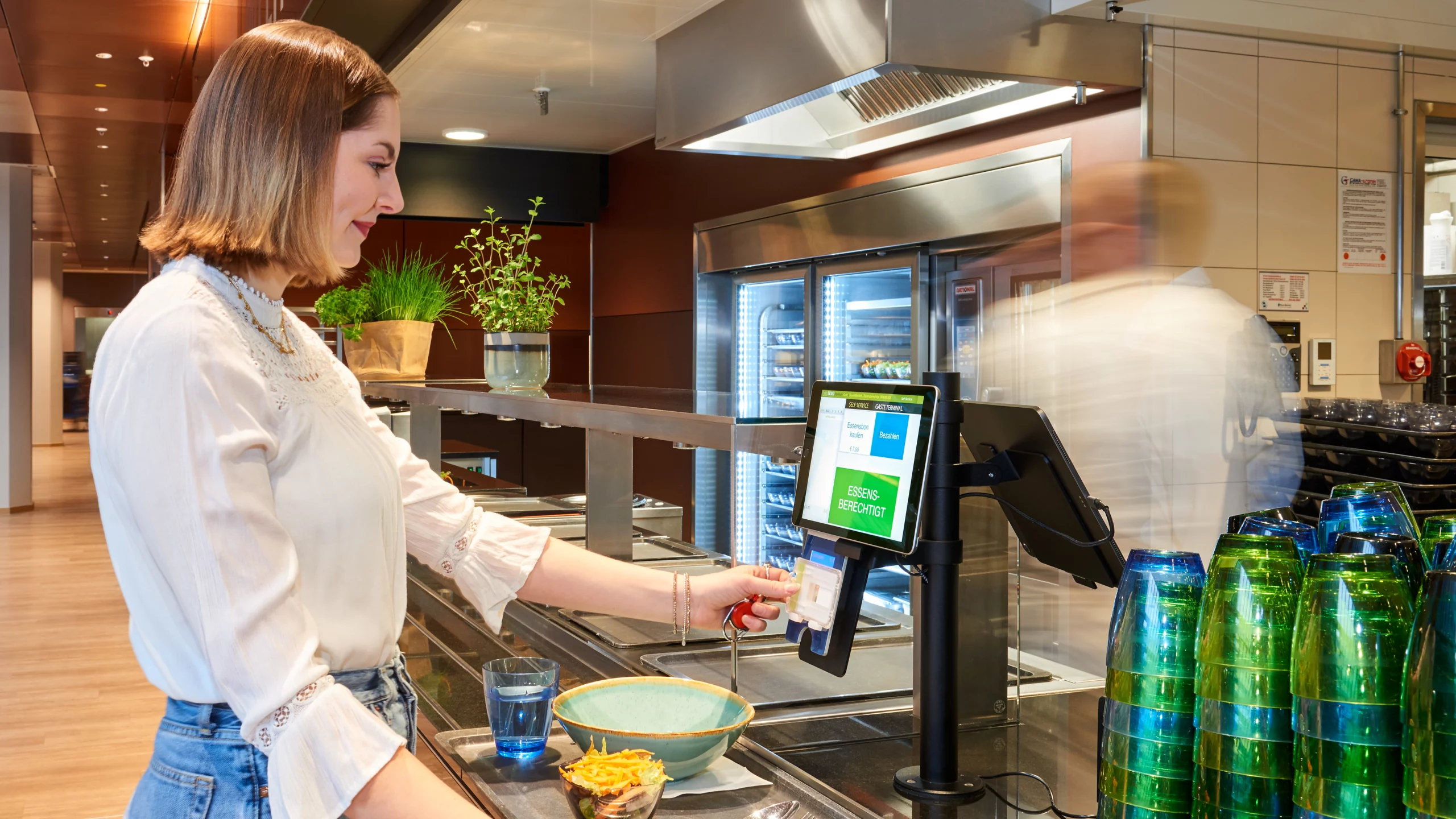"Systematically structures and improves processes and enables greater process transparency for all involved" - that's the very sober, dry definition of "quality management."
Depending on the industry, this process is associated with lengthy certifications and audits - at the end of which, however, there are cost reductions and increased efficiency. In the catering sector, in addition to HACCP and ISO 9001, one factor contributes decisively to a high quality standard: Customer satisfaction.
Focus on customer satisfaction
In order to satisfy (more) customers in the long term, it is necessary to work on several factors: In addition to high food quality, these include service quality, cleanliness and atmosphere, and variety in the food offered. The processes of constantly scrutinizing oneself and one's performance can be painful, depending on one's level of awareness. However, dealing constructively with one's own mistakes is indispensable to being a good host. The reward is not only satisfied customers, but also higher revenues thanks to falling costs and increasing efficiency. In addition, there are advantages over the competition.
"Quality management, in its definition, does not have the goal of the best possible quality, but of appropriate quality."
QM tools support implementation
Special QM tools support the introduction and implementation of a quality management system. Basically, at the beginning there is always the formulation of a mission statement or a goal for orientation. This is followed by an in-depth analysis of the actual state by means of a self-assessment and an external assessment. Based on this audit, further measures are taken: How far are the goals formulated at the beginning from the actual state? This is the place to start and to optimize processes and offers.
QM tools support, for example, the external evaluation: Extensive guest surveys or situational assessments based on emotions provide information on weak points. The more intensive these surveys are (e.g., multiple-choice questions in combination with rating scales and free-text fields), the more detailed the feedback - both positive and negative.
Making the right use of accumulated knowledge
After the comprehensive recording and analysis of the current situation, it is important to derive targeted solutions: What did the guests like and encourage you as a restaurateur in your actions? What could even be expanded to improve this point? At the same time, constructive criticism from guests must be addressed in the analysis: Was the food too cold, the service staff too unfriendly or the meat too tough? This is where we need to start in order to improve these points: Optimization of individual kitchen processes or procedures, discussions with employees or a change of supplier can make a difference and make guests more satisfied.
Such regular audits make the successes in implementation visible, spur on or show in which areas more intensive efforts are necessary.
"If you don't ask, you lose."
Conclusion: QM improves customer satisfaction, increases efficiency and boosts revenue
By constantly responding to customer wishes and constantly questioning our own processes, we achieve a long-term increase in quality and customer satisfaction. This is reflected in the business results. Special QM tools support the analysis of the current status and help to obtain customer opinions, for example.
However, quality management is not a closed process. The guest is always at the beginning and end of the process: first with his or her requirements for the service offered and at the end with the assessment of the quality.


